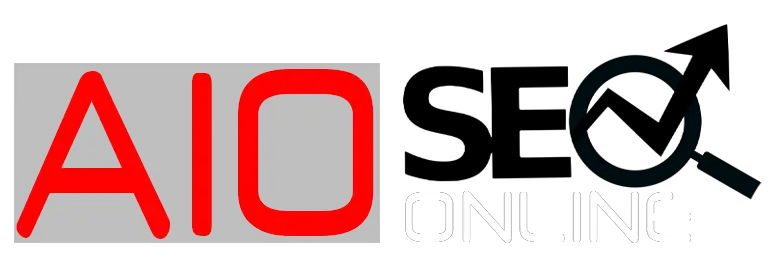Step-by-step guide to creating SEO-friendly meta tags is essential for improving website rankings and click-through rates. Meta tags provide search engines and users with concise information about the content of your page. At All in One SEO Online (AIOSEO), our tools allow you to generate optimized meta tags instantly, improving your website visibility and traffic.
What Are Meta Tags?
Meta tags are HTML elements placed in the <head> section of a webpage. They provide information about your page, including the title, description, keywords, and other metadata. Properly optimized meta tags improve search engine understanding and enhance user experience.
Key Meta Tags
- Meta Title: Appears in search engine results as the clickable headline.
- Meta Description: Short summary displayed below the title in search results.
- Meta Keywords: List of keywords relevant to the page content (less important today but can help semantic SEO).
Step 1: Create an SEO-Friendly Meta Title
Meta titles should accurately describe the page content while including primary keywords. Use tools like AI SEO Meta Title Generator to generate optimized titles automatically.
Best Practices for Meta Titles
| Practice | Reason |
|---|---|
| Include primary keyword at the beginning | Improves search relevance |
| Keep it under 56 characters | Prevents truncation in search results |
| Make it unique per page | Helps search engines differentiate pages |
Step 2: Write an Optimized Meta Description
Meta descriptions should summarize page content in a compelling way, encouraging users to click. Use AI SEO Meta Description Generator to create unique and engaging descriptions that include relevant keywords.
Best Practices for Meta Descriptions
| Practice | Reason |
|---|---|
| Include primary keyword early | Search engines highlight keywords in results |
| Keep it under 156 characters | Prevents truncation in SERPs |
| Make it unique per page | Improves click-through rate and relevance |
Step 3: Add Meta Keywords (Optional)
While meta keywords have less impact on modern SEO, they can support semantic optimization. Use a few highly relevant keywords per page, and analyze them with tools like Keyword CPC Calculator and AI Keyword Cluster Ideas to improve context.
Step 4: Analyze Your Meta Tags
After creating meta tags, verify their effectiveness using Meta Tags Analyzer. It checks keyword presence, length, and semantic relevance to ensure maximum SEO impact.
Step 5: Integrate Meta Tags With Your SEO Strategy
Meta tags should be part of a comprehensive SEO strategy. Combine meta tag optimization with other tools for better results:
- XML Sitemap Generator to improve indexing
- Backlink Maker to boost authority
- Robots.txt Generator to guide search engines
Common Meta Tag Mistakes
| Mistake | Impact | Solution |
|---|---|---|
| Duplicate meta titles | Confuses search engines, reduces rankings | Create unique titles per page |
| Too long or too short descriptions | Truncated or vague snippets in SERPs | Keep descriptions within 156 characters |
| Keyword stuffing | Punished by search engines | Use keywords naturally in titles and descriptions |
Tools From AIOSEO for Meta Tag Optimization
Internal Linking Examples
Enhance SEO by linking meta tag-optimized pages internally:
- What is WordPress
- WordPress SEO
- Make Money with Google AdSense on WordPress
- Get First Page of Google with Backlinks
SEO Monitoring and Updates
Regularly audit meta tags with Meta Tags Analyzer, track keyword positions with Keyword Position Checker, and adjust meta tags to align with search trends and semantic SEO best practices.

